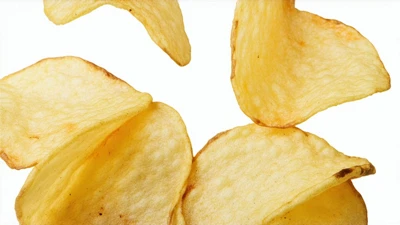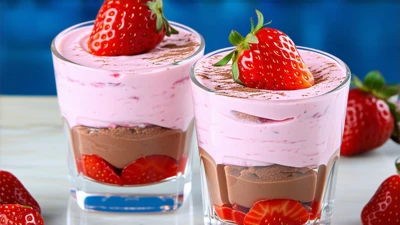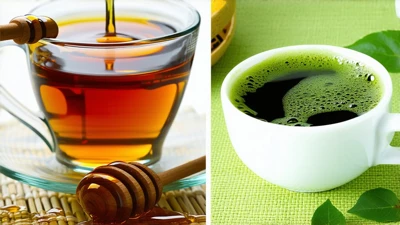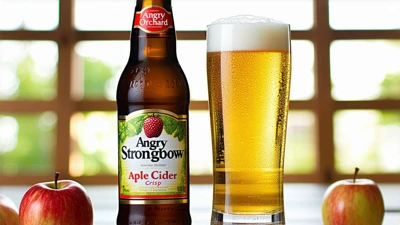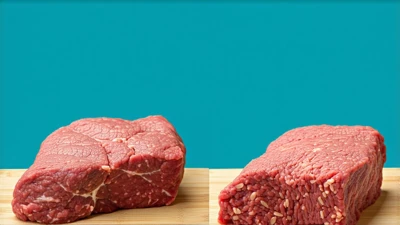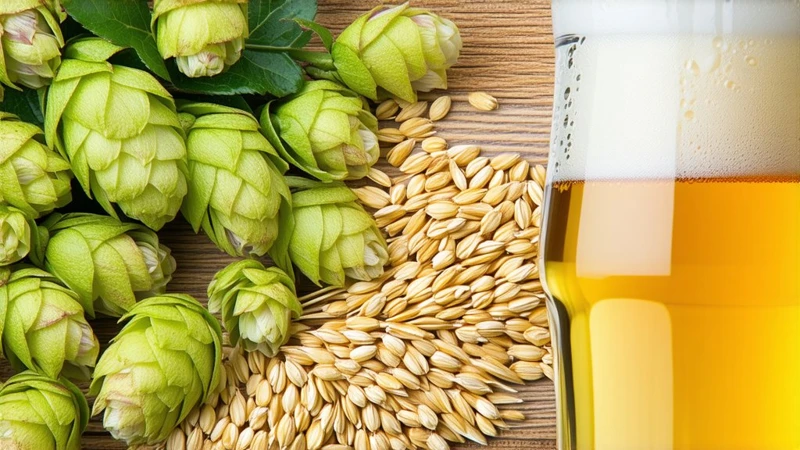
Malt Vs Hops — The Great Beer Debate
"To everything there is a season, and a time to every purpose under the heaven." – Ecclesiastes 3:1
One of the most debated subjects in beer brewing is the age-old debate of malt vs. hops. Both ingredients are fundamental to beer's flavor, aroma and character, though they fulfill vastly different roles. So this article approaches their contributions through the lens of data, historical context, and brewing science and attempts to answer: Which is better for beer brewing — malt or hops?
The role in the brewing process: Malt is the foundation, hops are the refiner
Malt — most often barley that has been germinated and kilned — lends fermentable sugars for the production of alcohol. Hops are responsible for bitterness, aroma and preservative qualities; they are the cone-like flowers of the Humulus lupulus plant. Beer is largely without structure without malt; without hops, it's at best cloyingly sweet or extremely perishable.
Core Functions
| Ingredient | Primary Role | Key Compounds |
|---|---|---|
| Malt | Fermentable sugar source | Maltose, enzymes (amylase) |
| Hops | Bitterness, aroma, microbial stability | Alpha acids, essential oils |
Flavors Contribution: Sweetness vs. Bitterness
Malt provides maltose sugars that ferment out into alcohol but leave behind residual sweetness and flavors from biscuity (pale malt) and caramel (crystal malt) to roasted coffee (black malt). Hops balance this sweetness with bitterness (thanks to alpha acids) and with citrus, pine or floral notes (thanks to essential oils).
For example, a dry Irish stout gets its coffee-like bitterness from roasted barley malt, whereas an IPA draws its tropical fruit aromas from hops like Citra or Simcoe.
Aroma Profiles: Complexity at Both Ends
Aromas derived from malt include bread, toffee and chocolate; hops contribute bright, volatile compounds such as myrcene (piney) and limonene (citrus). Hops aroma intensity usually depends on when during boiling the hops are added — late additions preserve volatile oils.
Aroma Compounds by Ingredient
| Ingredient | Aroma Notes | Key Volatile Compounds |
|---|---|---|
| Malt | Bread, caramel, toast | Maillard reaction products |
| Hops | Citrus, pine, herbal | Myrcene, humulene, caryophyllene |
Varieties on No & Yes Side: A Spectrum on Both Sides
Malt Varieties: base malts (Pilsner, Pale Ale), specialty malts (Vienna, Munich), and adjuncts (wheat, oats)
Hop Varieties: Bittering hops (Magnum) aroma hops (Cascade, dual purpose (Centennial))
Effects on Beer Style Distinction
Malt or hops define the styles of beer:
Hop-Forward: IPAs, pale ales and NEIPAs.
Historical Use: Ancient Grains Through Monastic-Hops
Malt has been used since ancient Mesopotamia (c. 3500 BCE) and hops—with a much later entry — are first recorded in 822 CE in Germany. Hops weren't the only thing brewers used for bitterness.
Shelf Life and Storage
Malt: 1–2 years in cool, dry conditions.
Hops: vacuum-sealed and frozen, 6–12 months. Hops get oxidized, losing their bitterness.
Rich-List Nutrients: Enzymes or Acids
Malt has diastatic enzymes to convert starches to sugars, and hops contain lots of alpha acids (10–20% by weight in bittering varieties).
Health Considerations
Beer in moderate quantity may give silicon (from hops) for bone health, and malt contains antioxidants. But too much can mean risks such as liver strain.
Environmental Impact
They are thirsty (50–60 gallons per pound of hops) and need pesticides, and malt barley farming participates in soil erosion if not rotated.
Ale vs. Lager Suitability
Ales tend to stress the hop character (e.g., American Pale Ale), while lagers rely more on malt complexity (e.g., Helles).
Brewing Techniques
Malt: Mashing to convert starches
Hopping: boil (bittering), whirlpool (aroma), dry hop (post-fermentation)
Interaction in Recipes
The IBU or International Bitterness Units scale is the way to quantify hop bitterness in relation to malt sweetness. An example of a balanced beer (30–40 IBU) manages both.
Color and Clarity
CLR: Malt determines color (SRM scale: 2–40+) and hops have little effect on clarity, unless heavily dry-hopped.
Regional Preferences
The UK prefers hoppy bitters, malty stouts, while Belgium prioritizes malt-forward abbey ales.
Bitterness and Sweetness In Balance
A 1:1 ratio of (°Plato) malt sweetness to IBUs is the classic target, although modern IPAs lean hop-heavy.
Extract Yield and Efficiency
Malt extract efficiency is 60–80% and hop utilization (extracted bitterness) depends on boil time and pH.
Quality Indicators
Malt: Diastatic power (enzyme strength).
Hops: Alpha acid % and oil content
Usage in Specific Styles
Hops: High-alpha hops (e.g., Columbus) to bitterness
Roasted barley malt: for color and flavor.
Mouthfeel and Body
Malt proteins add body (e.g., oatmeal stout), and hop polyphenols might thin beer's texture.
Substitution Possibilities
Malt could be replaced with adjuncts (rice, corn) and hops with herbs or citrus zest — although the results will vary.
Processing Methods
Malting includes steeping, germination, and kilning, while hops are dried, pelletized, or further processed into extracts.
Commercial Brewing vs. Homebrewing
Malt extracts are the only forms of malt used by homebrewers, and while many commercial brewers use a type of dried hop called whole-leaf or pelletized hops to provide more consistency in their brews.
Seasonal Availability
Harvest season for hops is late summer/autumn and plays an integral role in season brews like fresh-hop ales. Malt is available year-round.
Troubleshooting Off-Flavors
Malt: Over-roasted grains can add acrid flavors.
Hops: Oxidized hops give cheesy or grassy notes.
Alcohol Content and Body
High-malt beers (barleywines, etc.) may crest 10–12% ABV, while hop-heavy styles (Brut I.P.A.) remain lighter.
Cultural Significance
In the Middle Ages, monastic brewers fine-tuned malt-based recipes, and the 19th-century Industrial Revolution made hop-forward IPAs popular.
My Take: Finding a Middle Ground of Balance
Trends come and go, from hazy IPAs to pastry stouts, and all in between, but I take the position that balance, both malt and hops, is beer's highest art. This synergy can be particularly well demonstrated by a well-crafted amber ale or German Pilsner.
Conclusion
The contentious relationship between malt and hops is a myth. Like the proverb in the Bible, each has its "time and purpose." What you're doing is working with these ingredients and respecting the role they play, and then allowing your creativity and the science to inform your hand, whether you're brewing a hop bomb or a malt masterpiece.
What's your take? Let us know in the comments below if you prefer malt or hops!












